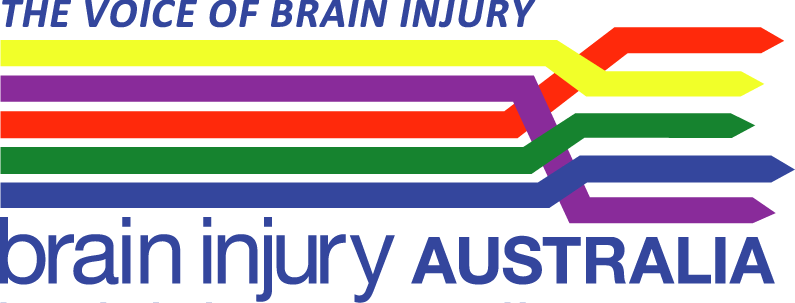b) Stroke
Stroke
Stroke (also known as cerebrovascular disease) occurs when a blood vessel that carries oxygen and nutrients to the brain is either blocked or bleeds. Brain tissue may die from lack of blood flow, or from increased pressure on the brain as it swells and is squashed inside the bony skull. Stroke is the leading cause of ABI in Australia, with at least 37,000 Australians suffering a stroke each year.
There are two major types of stroke:
Ischaemic Stroke
An ischaemic stroke occurs when an artery carrying blood to part of the brain is blocked. The brain needs the constant supply of oxygen and glucose that the blood brings. If this blood supply is blocked for more than a few minutes then that part of the brain stops working properly and brain tissue in the affected area begins to die. This is called brain infarction.
Ischaemic strokes are the most common type of stroke, occurring more than five times as often as haemorrhagic stroke.
Transient Ischaemic Attack: About 30% of patients who subsequently have an ischaemic stroke have a small warning episode (or ‘mini-stroke’) called a transient ischaemic attack (TIA). A TIA is like an ischaemic stroke in that it is results in the sudden loss of function of a particular part of the body because of a sudden lack of blood flow to a part of the brain. The difference between a TIA and an ischaemic stroke is that in a TIA the symptoms disappear completely within 24 hours. In 75% of cases the symptoms clear within one hour, often within only a few minutes, because the blockage in the artery clears itself very quickly before the affected brain tissue has died. Thirty percent of people will have damage evident on sensitive brain imaging techniques such as MRI. A TIA is a very important warning sign that the person is at increased risk of a future stroke. It is essential that proper medical treatment is sought so that this risk can be significantly reduced.
Haemorrhagic Stroke/ Cerebral Haemorrhage
This occurs when a blood vessel ruptures within the brain (called an intracerebral haemorrhage) or into the space surrounding the brain (called a subarachnoid haemorrhage). Blood in the artery is under pressure and, as it spurts out, it may tear some of the soft brain tissue and form a clot (or haematoma) that compress and damages the surrounding brain tissue.
Sex and age
More women are affected by stroke than men, due to the larger number of elderly women in the population. However, the age-standardised stroke incidence rate for men is 30% higher than for women. Strokes normally occur in older people aged 65 years or over, but around one in every five strokes happens to a person aged under 55.
More information
The National Stroke Foundation
The National Stroke Foundation is a not-for-profit organisation that works with the public, government, health professionals, patients, carers and stroke survivors to reduce the impact of stroke on the Australian community.
National Stroke Foundation All About Stroke
BrainLink is a community based care and education organisation focusing on the impact of acquired brain disorders.
Brain Link Fact Sheet: Understanding stroke![]()
The above information is based on these two fact sheets and information from the Brain Injury Rehabilitation Directorate

